ISRO had big success in the Aditya L1 mission; the SUIT payload captured a full disk picture of the Sun
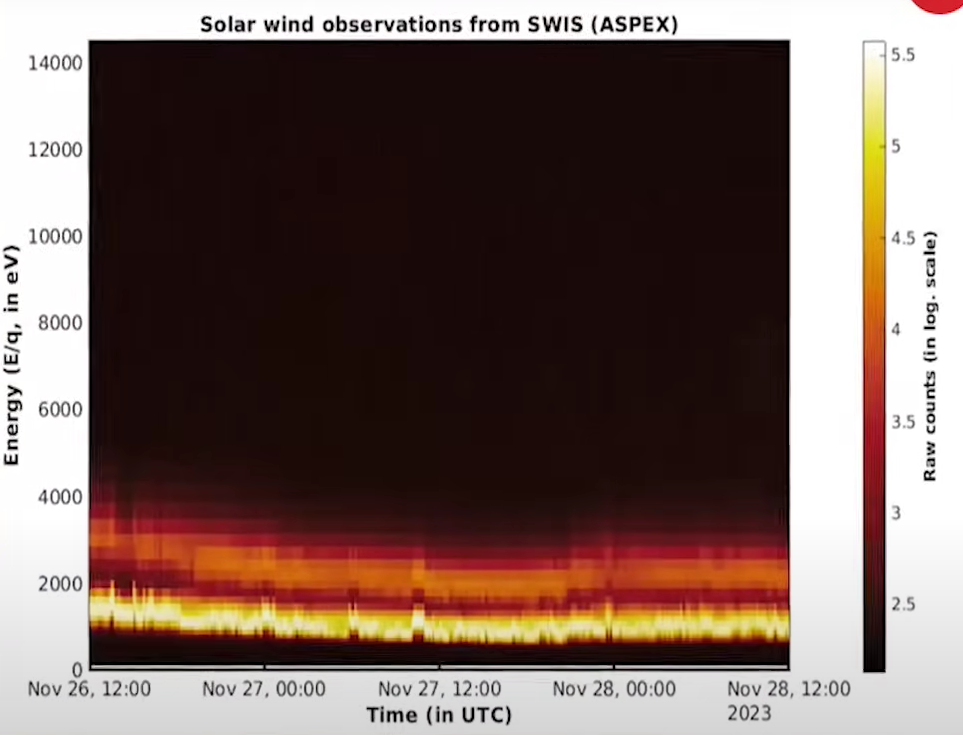
ISRO had big success in the Aditya L1 mission; the SUIT payload captured a full disk picture of the Sun ISRO has unveiled a remarkable achievement by sharing the Inaugural full-disk Images of the Sun in an ultraviolet wavelength courtesy of the Adity L1 spacecraft launched earlier this year and captured by the solar ultraviolet imaging telescope on board Adity L1 These stunning images were taken using 11 different filters across various wavelengths. India’s maiden sun mission was initiated in September at the Satish Davan Space Center in Shri Haricota. This breakthrough in solar imaging not only showcases the technological press but also marks a significant stride in our understanding of the sun’s dynamic features.
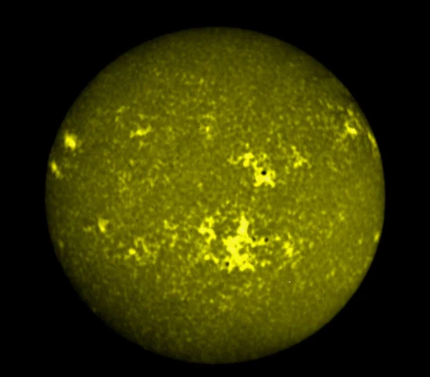
All About L1: India’s First Sun Mission Launched
Hello, friends It has not even been 2 weeks since the historic success of Chandrayan 3, but once again, ISRO is going to create history with the Aditya L1 Mission.
Today ISRO Is not looking at the moon but at the sun.
How the solar system moves in space. Explore Now
Aditya-L1’s SUIT captures full-disk images of the Sun in near ultraviolet wavelengths
L1-India’s First Sun Mission Launched ISRO
Let’s understand this mission in depth in this Blog
Aditya L1 is India’s first mission to study the sun Specifically But like Chandrayaan landed on the moon, Aditya will not land on the sun; in fact, it will be observing the sun from a distance. This spacecraft will be closer to the Earth than the sun during the mission.

Specifically speaking, after the launch.
It will go 1.5 million kilometers away from the Earth and will orbit the Lagrange pint L1 in a halo orbit. It will take about 4 Months to reach that point and once it does, it will stay there for 5 Years and observe the Sun. That’s why it’s not just a spacecraft but also a space observatory.
Now the first question that comes to your mind is: What is the Lagrange Point?
What is Lgrang Point?
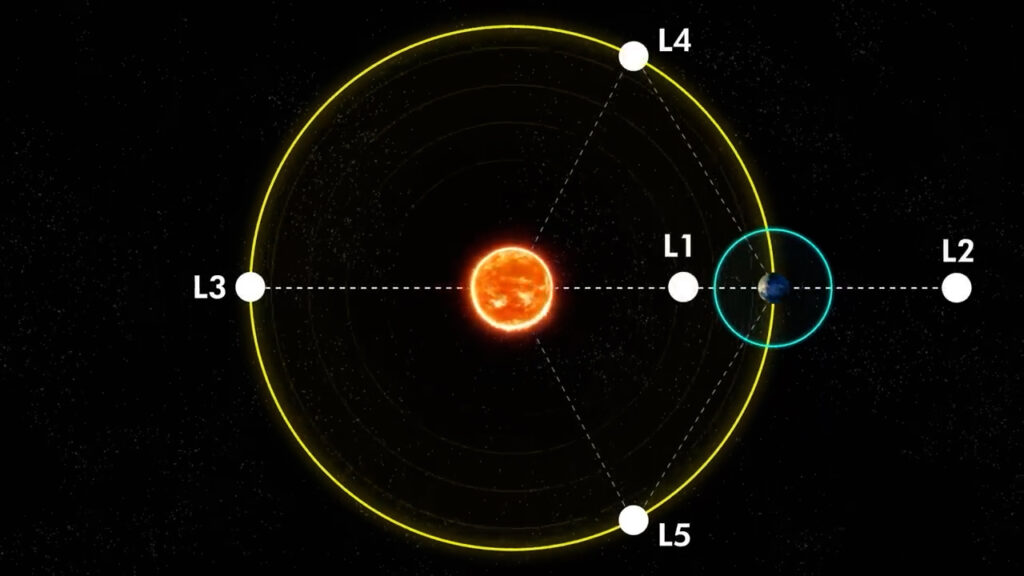
ISRO had big success in the Aditya L1 mission; the SUIT payload captured a full disk picture of the Sun. Pints are those unique points in space where the gravitational force of two celestial bodies balances out. If we consider the sun and the earth, we get five Lagrange points. You can see in the picture where these five Lagrange points lie These are the points where, if we send a spacecraft, the orbital motion of the spaceflight, the centrifugal force, will be canceled out by the gravitational forces of the Earth and the sun.
What is the benefit of this? We get stability from whatever spacecraft was sent to the Lagrange point; we don’t have to make almost any effort to maintain it at that point. Spacecraft will be conserved around the sun, and the spacecraft will keep revolving Longer missions can be carried out with this.
The second benefit is continuous observation.
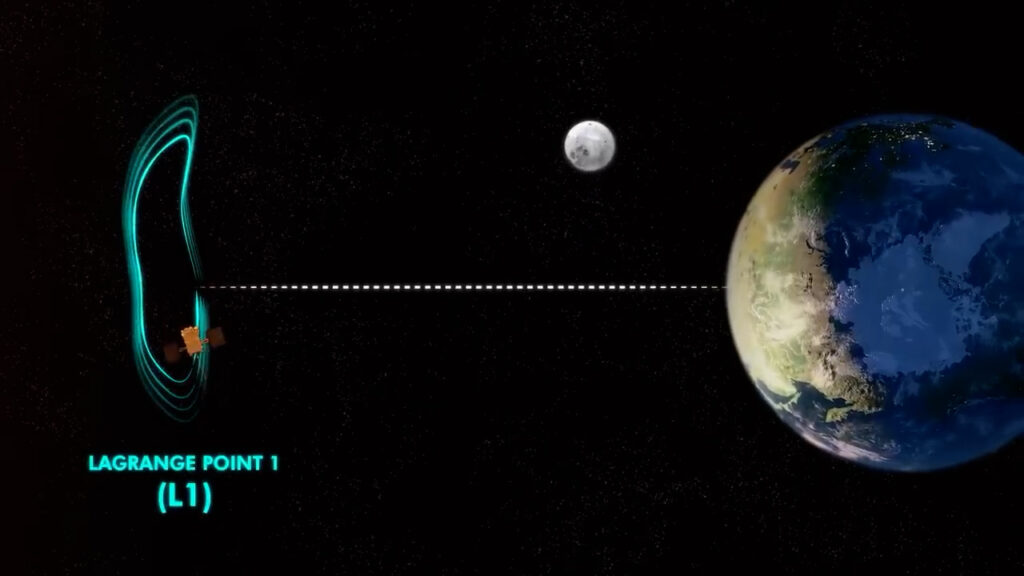
If we take the example of Lagrange points L1, anything that we send to L1 will continuously be in a position where both the earth and the sun can be observed. And the sun and the Earth will never be hidden in each other’s shadows Just think about it.
When we send a spacecraft to a lunar orbit, like the Chandrayan, or if we send one to Earth’s orbit, by revolving around the moon, the earth is hidden every so often.
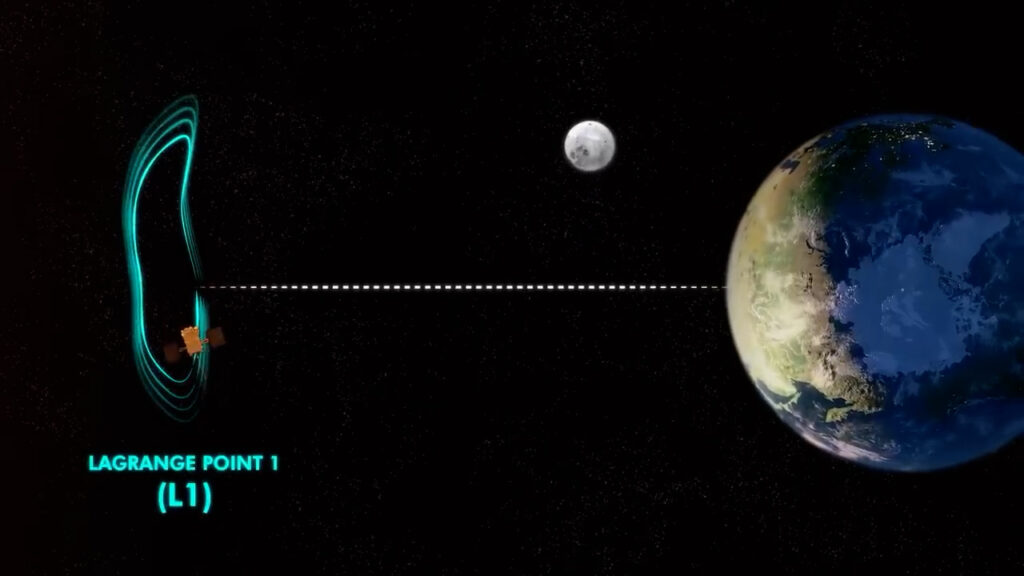
ISRO had big success in the Aditya L1 mission; the SUIT payload captured a full disk picture of the Sun Similarly, by revolving around the earth, the Sun will get hidden That’s why Lagrange points are so important, and Aditya L1 will be placed at the L1 position; that’s where it got its name, Aditya L1. The other space agencies that have sent solar observatories before this have been placed at L1.
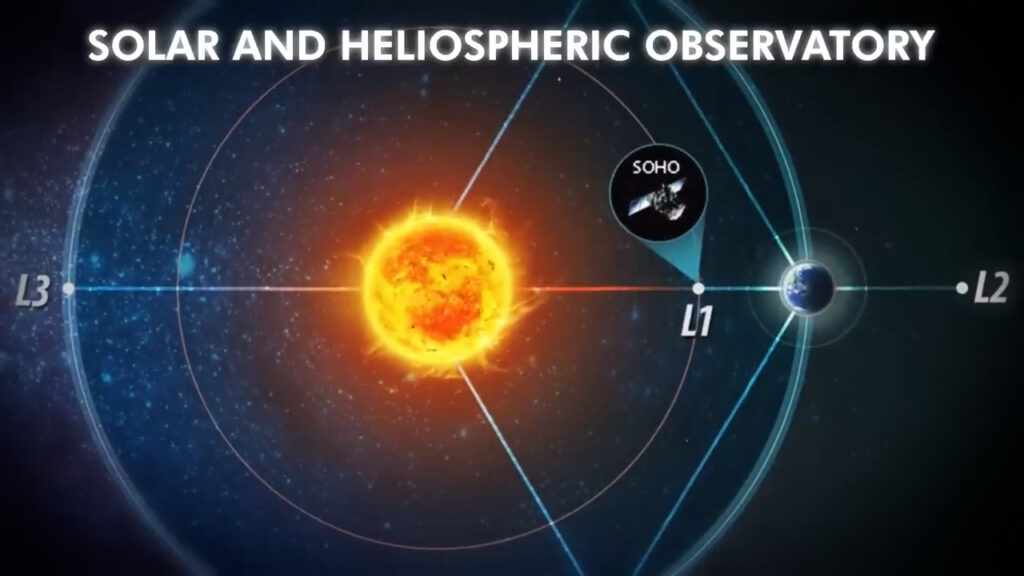
Like the Solar and Heliospheric Observatory, in short, ‘SOHO, and the European Space Agency. L1 and L2 are the most important Lagrange points because they are closest to the Earth. The famous Jomes Webb Space Telescope has been placed at L2 Point. Can you guess the reason? At the L2 point, the sun will be hidden behind the earth. And because this telescope has to see light years away to the depths of the universe, it is necessary to cover up the sun’s light so there is no interference.
That’s why the L2 point was chosen here But getting back to Aditya L1, what will it study about the sun? To understand this, we need to know a little about the sun The diameter of the sun in our solar system is 109 times bigger than Earth’s. ISRO had big success in the Aditya L1 mission; the SUIT payload captured a full disk picture of the Sun.
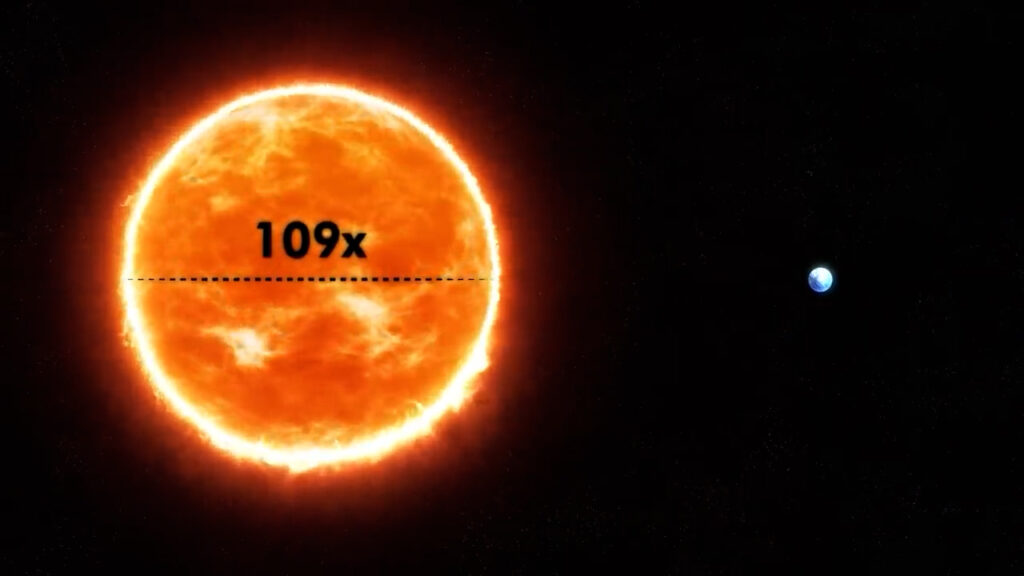
It weighs 333,000 times more than Earth. If you want to visualize the sun’s size in comparison to Earth’s size, you can see in this photo that 1:3 million Earth can fit in just the sun.
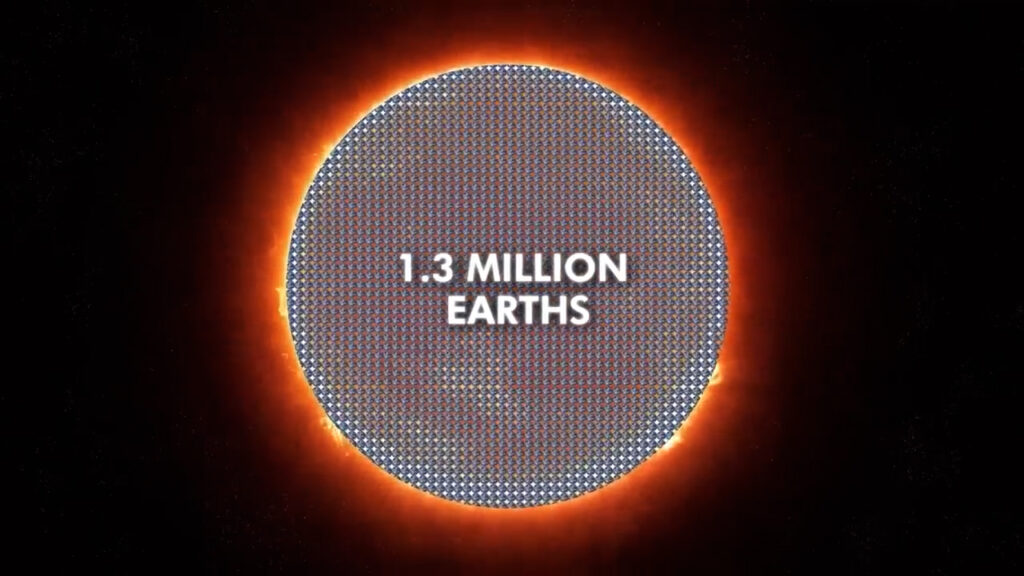
ISRO had big success in the Aditya L1 mission; the SUIT payload captured a full disk picture of the Sun Just like there are different layers in the earth’s core, mantle, and crust, there are different layers in the sun as well. There is a core in the sun, and there is a care in the sun as well Nuclear fusion reactions take place in the core, where hydrogen and helium gases are converted to energy.
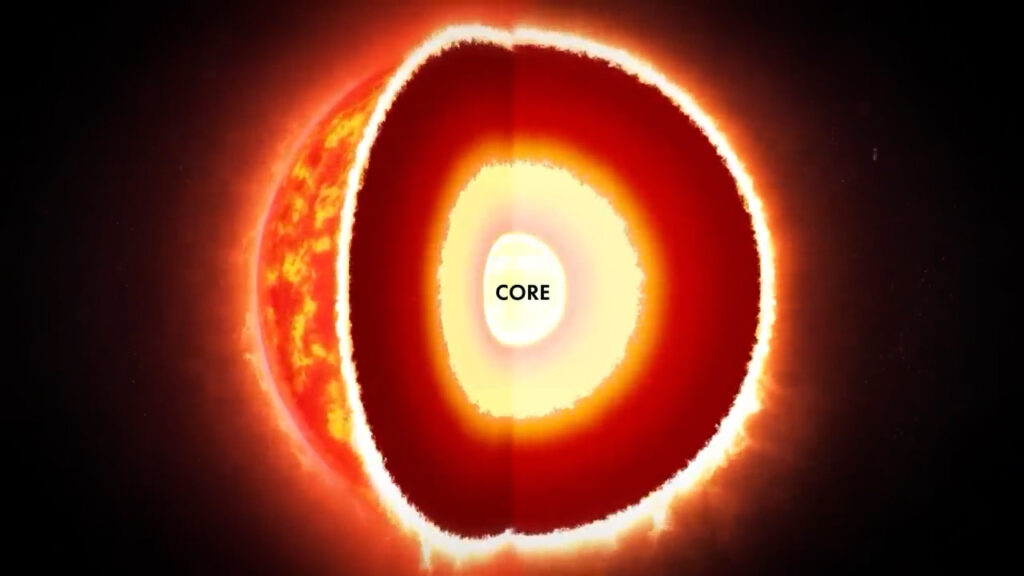
This energy produces sunlight and heat, which we feel on the earth as well. The core’s temperature can reach up to 15 million degrees Celsius. Right outside of it is the radiative zone 70% of the sun’s radius is formed by the radiative zone. Then comes the convective zone. Approximately 30% of the sun’s radius here is energy transferred through convection; that’s why it’s called so. ISRO had big success in the Aditya L1 mission; the SUIT payload captured a full disk picture of the Sun.
After this comes the surface of the sun, which we have named the photosphere. Even though we call it a surface, in reality, the sun doesn’t have a surface like the Earth’s surface Because there are only hot gases and plasma So, it is called the lower layer of the sun’s atmosphere.
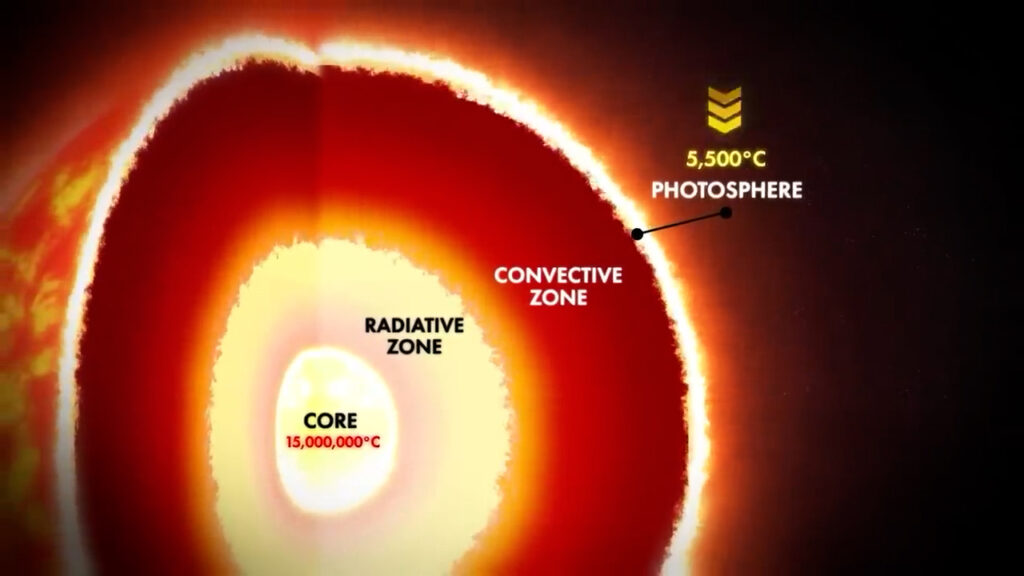
Here, the temperature is relatively colder, at 5,500 °C. Only above this is a layer of chromosphere, where the temperature starts to rise again. It starts at 6,000 °C and reaches up to 20,000 °C as you go up.
ISRO had big success in the Aditya L1 mission; the SUIT payload captured a full disk picture of the Sun. Then there is a thin layer called the Transition Region, and after that comes the outermost layer of the sun, which is called the Corona. This corona has nothing to do with the coronavirus. The corona layer contains extremely hot plasma (1-3 million degrees Celsius).
One question you might ask is why the sun is so hot but the surface gets colder and the corona layers get so hot again. Before moving on, I would like to praise you all for spending your time watching such educational Bolg Artical.
What is the reason that the sun’s care is so hot that the surface gets colder and the Corona layer gets hot again?
This question is still a mystery for scientists. The Aditya L1 Space Mission may reveal some secrets here. Scientists have their own theories about the reason behind this, but for sure, no one knows the exact reason.
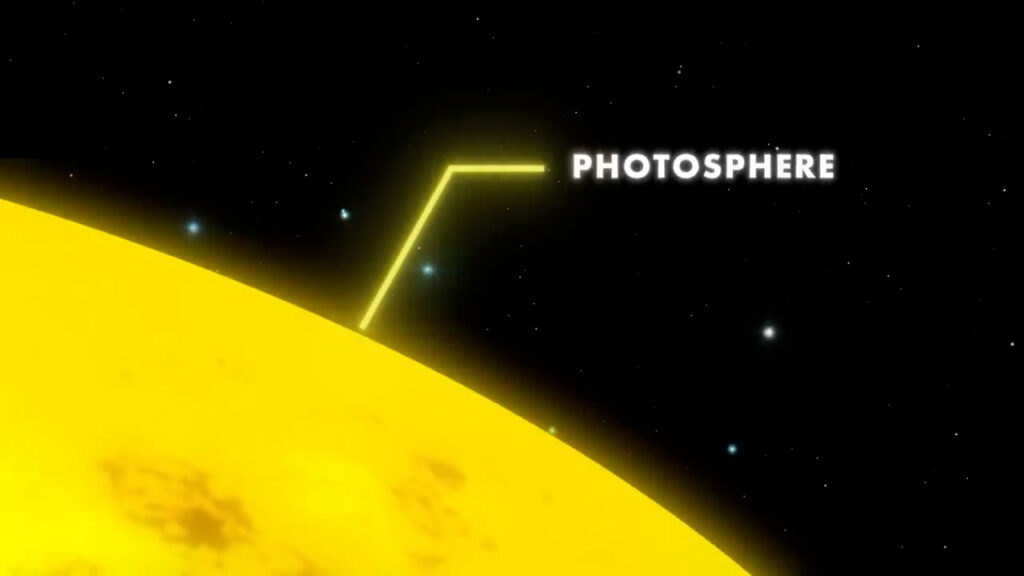
ISRO had big success in the Aditya L1 mission; the SUIT payload captured a full disk picture of the Sun. When we see the sun from the ground, we usually see the layer of the Photosphere But when there is a solar eclipse, we see a reddish glow around the eclipse, which is the chromosphere layer. And during the total solar eclipse, that layer is also hidden, and only the corona layer is visible. It forms a faint holo around the sun. The Aditya L1 mission is to study the three topmost layers of the sun: the photosphere, chromosphere, and corona. But how will this be done, millions of kilometers away from the sun?
Before talking about the instruments, we have to understand the things emitted by the sun.
First of all, we know that heat and light are emitted by the sun. This is very obvious.
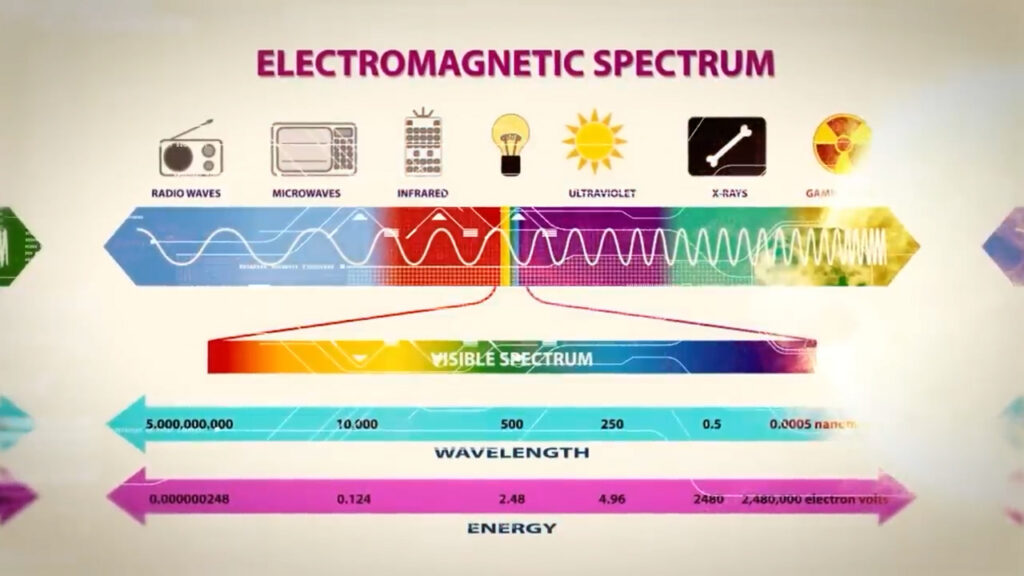
ISRO had big success in the Aditya L1 mission; the SUIT payload captured a full disk picture of the Sun Apart from this, all kinds of electromagnetic radiation are emitted by the sun. Not only our visible light, which we see with our naked eyes, but also ultraviolet radiation (UV), rays that can cause skin concern, infrared radiation, radio waves, x-rays, and gamma rays are also harmful radiation, but our Earth’s atmosphere protects us from them.
But apart from all these, the sun also emits solar winds. Solar winds are basically huge waves of charged electrons and protons. When the solar wind interacts with the earth’s magnetic field, we get to see the Northern Lights, which we get to see in countries like Sweden, Finland, and Iceland.
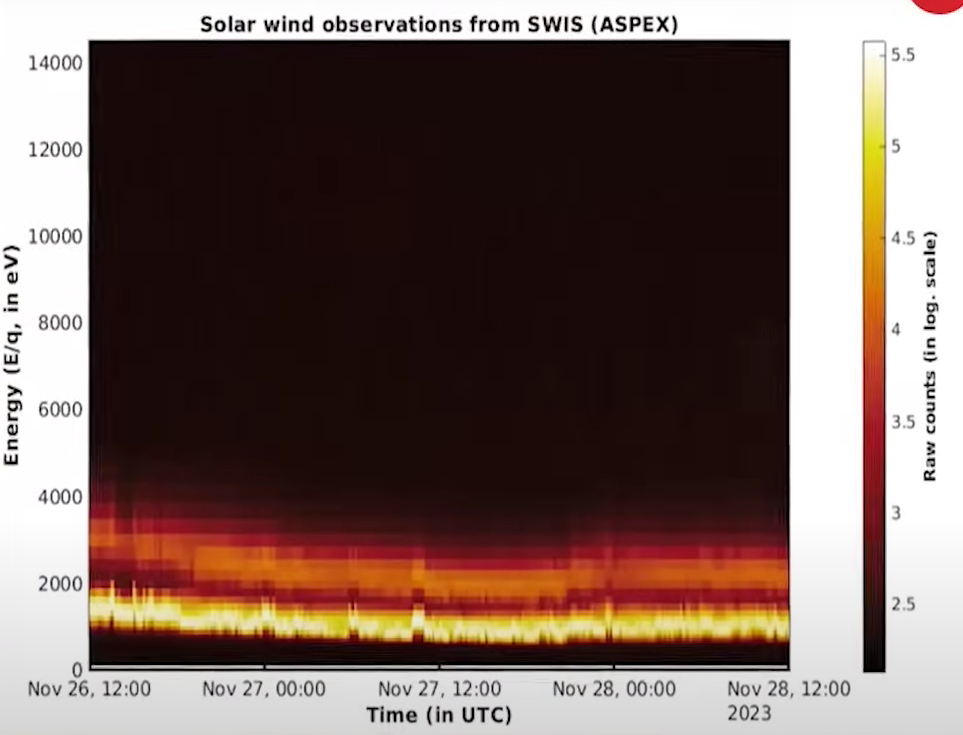
[…] Geminids meteor shower 2023: where to see it in India. […]